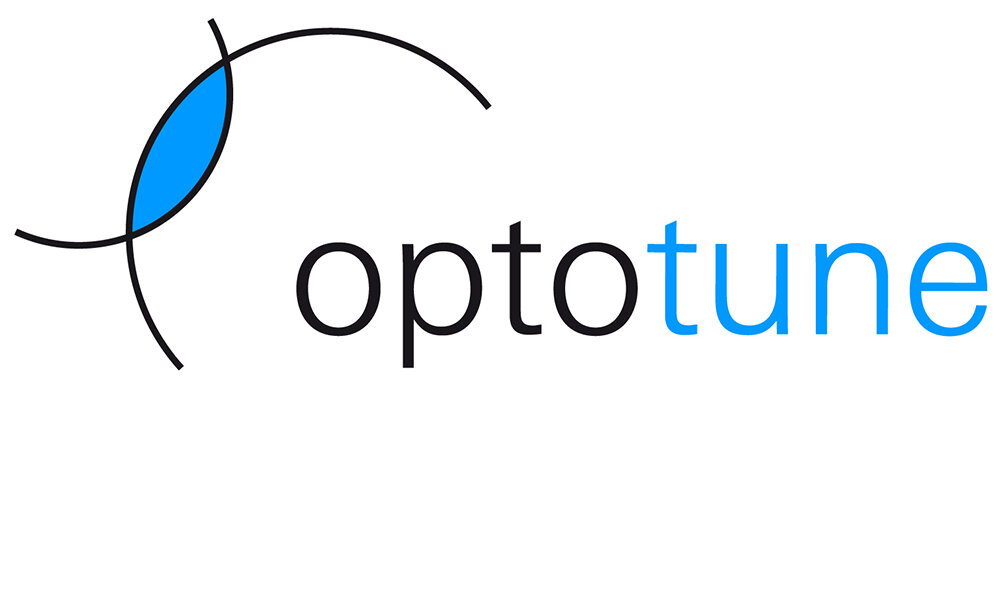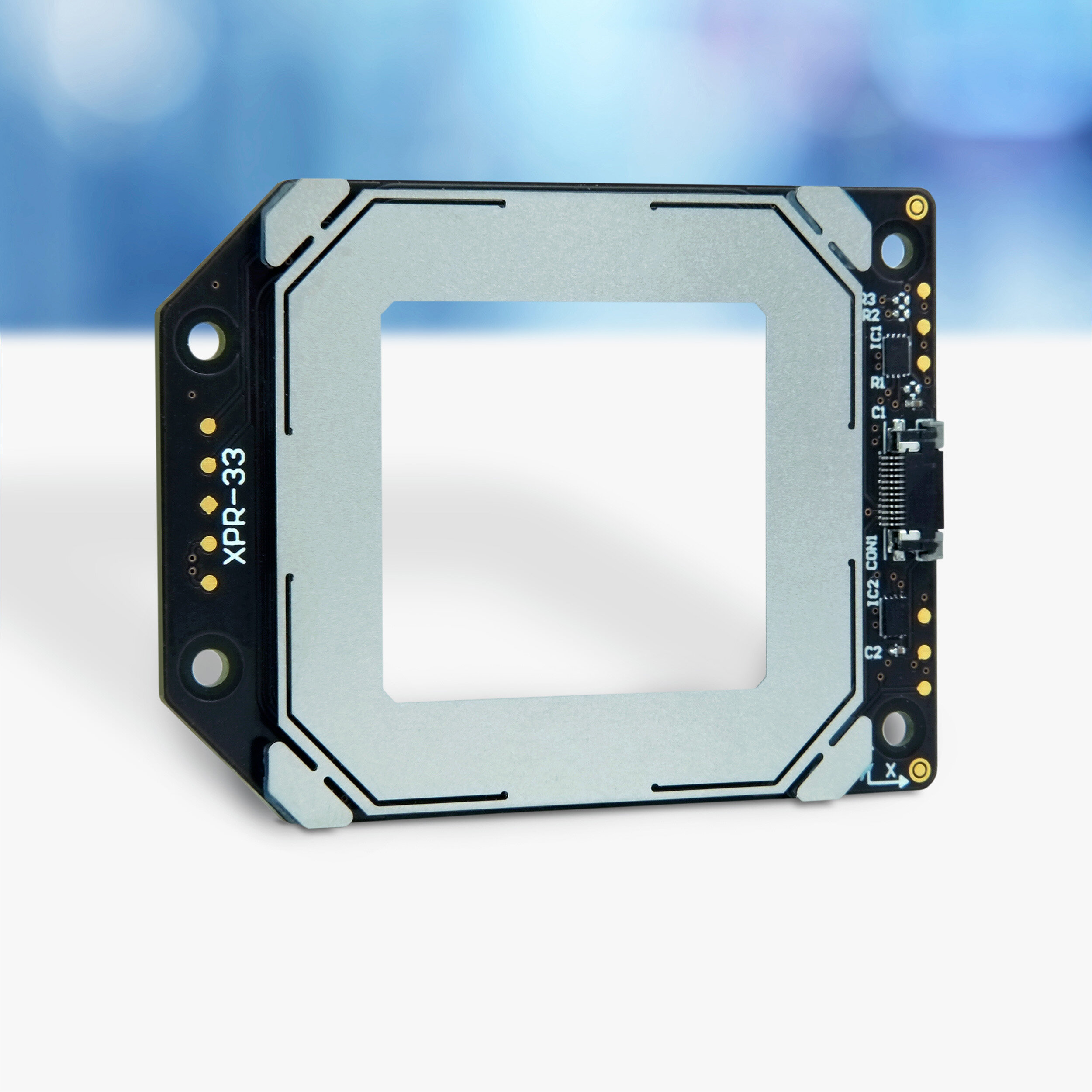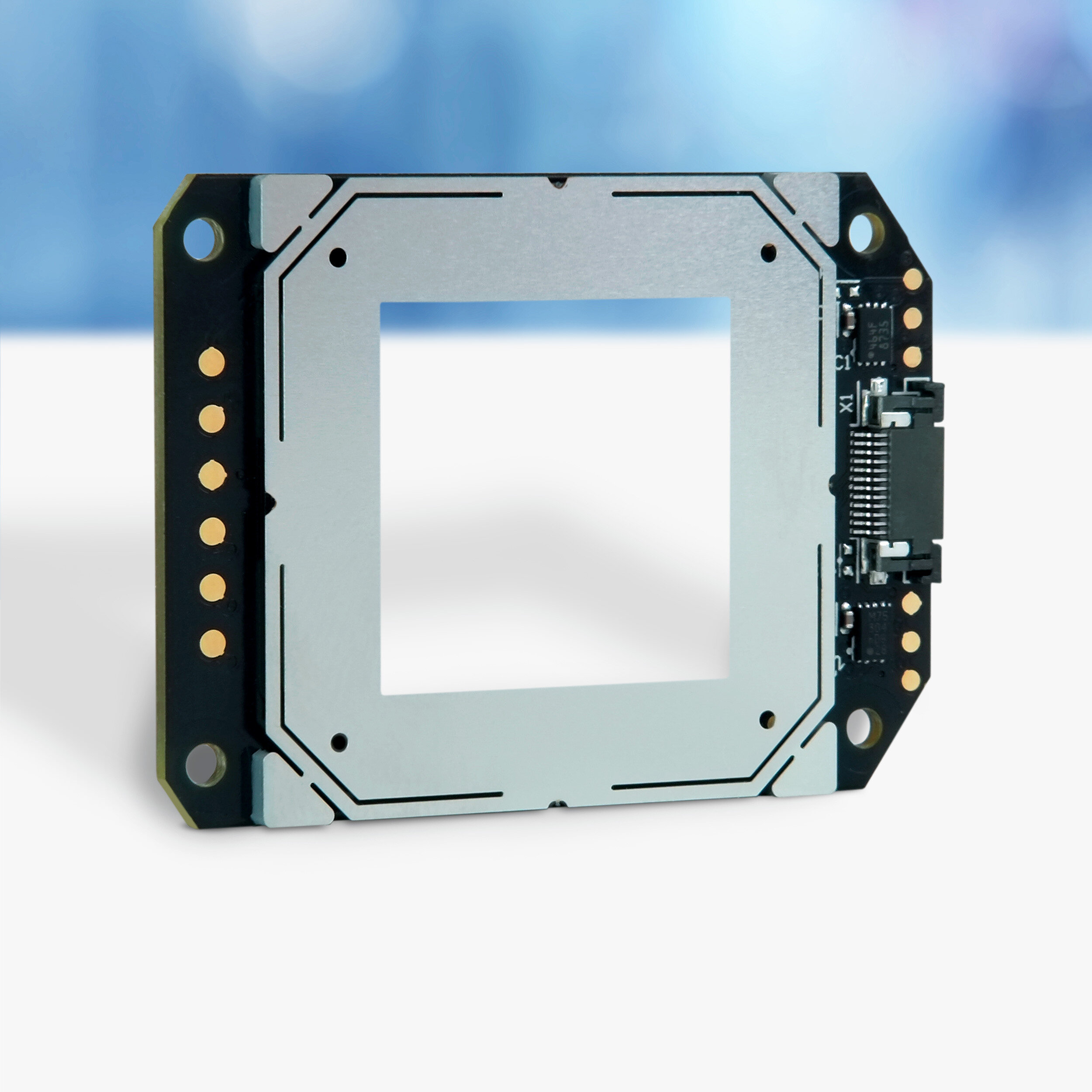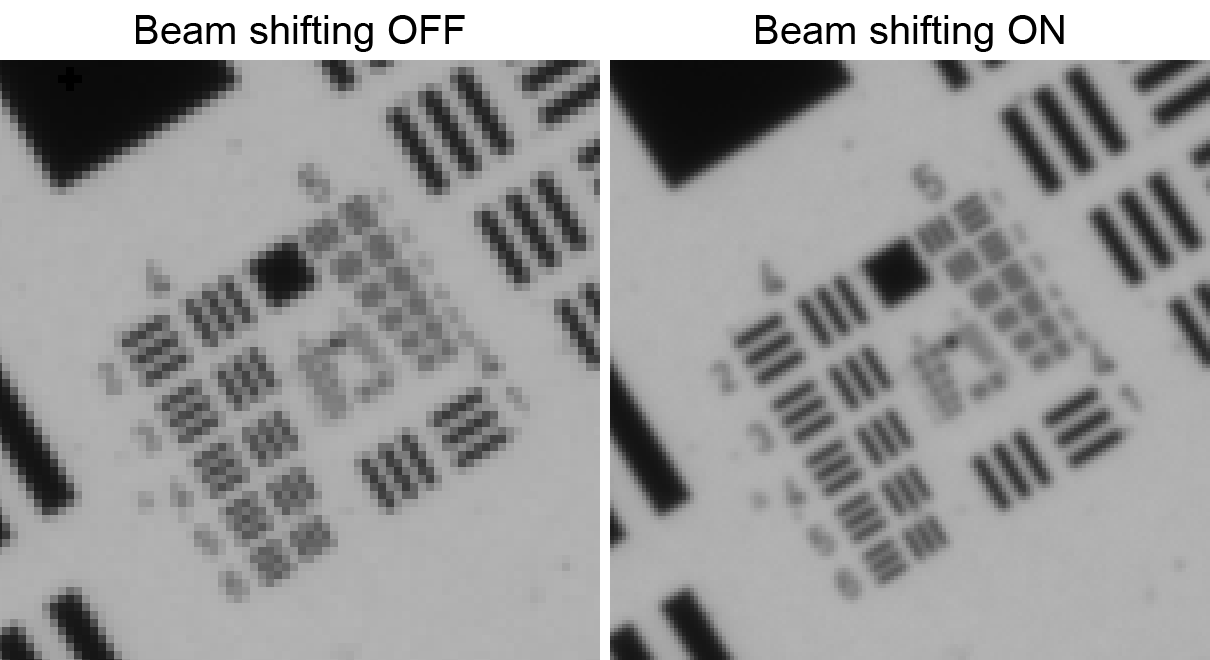Super resolution with pixel shifting
Optotune’s beam shifters displace light laterally by accurately tilting a glass window. In image acquisition or projection systems pixel shifting can lead to resolution gains of factor 4. While in color cameras a full pixel shift is performed to get the full resolution of each color channel (no debayering needed), in monochrome systems the shift is usually half a pixel. As a side effect, the combined image will also benefit from having less image noise.
The beam shifter is typically placed right in front of the image sensor. Clear apertures range from 9mm to 46mm, whereas the shift can be diagonal (2P operation) or in X & Y (4P operation).
Main features:
Fast transition times (1 ms)
Highly reliable and suitable for continuous operation
High angular position accuracy of typically +/-5%
Fully pre-calibrated at 50Hz & 60Hz for temperatures up to 75°C
Low acoustic noise of typically 20dBA 30cm
Working principle: The pixel shifting principle is that of tilting a glass window.
The XPR tilts a glass window in one/two axes to reach multiple distinct positions. As a result each pixel is projected to two/four locations.
Applications
Optotune’s Extended Pixel Resolution (XPR) technology has been developed in 2017 to quadrupel the resolution of projectors based on Texas Instrument’s DLP® imagers. Applications span from portable pico-projectors to laser TV to digital cinema.
In camera systems, Optotune’s XPRs are the ideal way to increase resolution when smaller pixels or larger sensors are not available or too expensive.
Furthermore, non-imaging applications include optical fiber coupling, 3D printing, and metrology (phase shifting).
Monochrome camera +40% lateral resolution
Resolution increases from 198 lp/mm (USAF group 4 element 4) to 280 lp/mm (USAF group 5 element 1), which is far beyond the Nyquist limit of 208 lp/mm for this camera (IMX183).
Color camera +100% lateral resolution
Resolution increases from 65 lp/mm (USAF group 3 element 4) to 130 lp/mm (USAF group 4 element 4), which is close to the Nyquist limit of 145 lp/mm for this camera (IMX265) allowing to achieve full resolution on all three color channels.
Display inspection
The example above applied to display inspection shows that with a higher resolution on all color channels it is easier to detect defects on a color display. Can you spot the two missing red pixels?
Related products:
Related applications:
Projection













